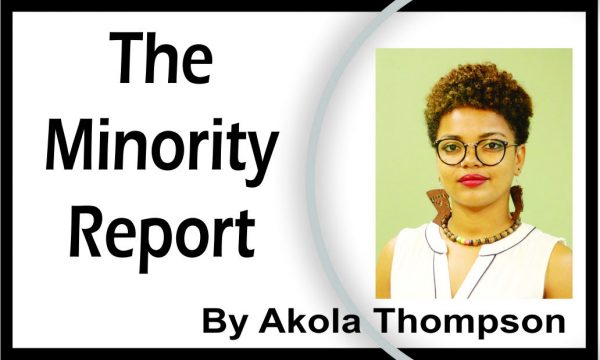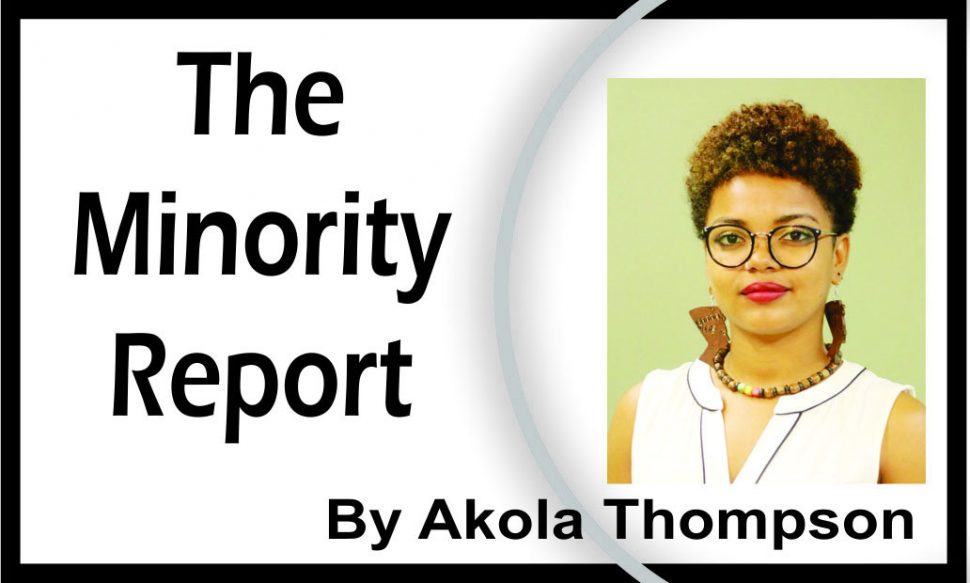
Abortion has been legal in Guyana since 1995 with the passing of the Medical Termination of Pregnancy Act. The Act permits abortion for any reason during the first eight weeks of pregnancy once done by a licensed medical practitioner. After eight weeks, abortion has to be approved by two medical practitioners to be accessed. Late terms abortions usually happen due to medical complications or where continuance of pregnancy can cause mental harm in cases of rape, incest or other trauma. A child of any age and also a woman of any marital status can seek abortions on their own legally. The Act specifies that the doctor is not required to either obtain the consent of the child’s parents or to notify them and a married woman is neither required to obtain the partner’s consent nor to inform him of the termination of the pregnancy. This ensures that neither the patient’s parents nor partner can sue the doctor. Except where disclosure is required by law, the information is secret and protected by doctor-patient confidentiality.
All of this in my opinion is all well and good. While I approve of our liberal abortion Act, the fact is that it means absolutely nothing if not coupled with ensuring information and access to abortion services across the country, particularly in rural and Indigenous communities. Across Latin America and the Caribbean, many countries are still struggling under anti-abortion legislation. In the West, abortion rights are being attacked and rescinded. It seems the continuous assault on women’s reproductive freedom will never end and signals a return to unsafe abortion practices in the face of oppressive laws.
The fact is, abortion has existed long before any law was put in place to restrict it and it will continue no matter how many barriers are put up to ensure women do not have access to it. If you are fighting to stop women’s right and access to abortions, what you are essentially fighting for is the criminalization of reproductive rights and continuance of unsafe abortions that particularly harm women who are poor and live in rural areas. The way in which we prevent unsafe abortions is through provision of safe, legal and accessible laws and services, comprehensive sex education and access to effective contraception.
Jamaica’s parliamentary committee is reviewing the restrictive legal provisions on abortion in the old colonial law, Offences Against the Persons Act of 1861 once again. This is the third round of women’s organizing to secure reproductive rights in the island, with the past attempts being made in the 1970s, 2004-2009 and once again in 2018 to present. While the debate rages on, Prime Minister Andrew Holness stated that he will not be “distracted by discussions in the public domain on abortion, sexuality and Obeah.” He also further declared in a release that his administration is focused on economic prosperity and he “will defend the traditional institution of the family.”
What Mr. Holness and so many other paternalistic leaders fail to recognize is how women’s access to healthcare and reproductive services such as contraception and abortion, has a direct impact on the stability of the family unit and significantly decreases economic expenditure on health services caused by unsafe abortions. The facts are: a lot of abortions are sought by women who are young and unable to care for a child, women who are already mothers and are unable to care for more children and also women who simply do not care to be mothers. The focus then we can surmise is really aimed at restricting women’s bodily autonomy based on colonial religious thinking of a woman’s place and role.
It must be said that abortion needs to be legal and it needs to be provided by the government. Way too often, poor women, particularly adolescent girls and young women, seek out abortion services from unqualified persons in unhygienic environments. These “bottom-house” abortions often done in desperation frequently result in sterility, haemorrhaging, scarring of internal organs and tissue and death of the woman. Their middle and upper class sisters however have available resources to seek out licensed, private and confidential abortion practitioners. The options of the poor are few.
According to the World Health Organization (WHO) unsafe abortions make up twenty percent of all maternal deaths globally. Women between the ages of 15-49 in Latin America and the Caribbean have the highest global rate of unsafe abortions at the staggering number of 41 for every 1000 women. This is a health crisis. If the preservation of the family unit is the concern of our leaders then invest in dissemination of information on contraception and safe abortions and challenge laws that push women to put their lives and health at risk.
Here in Guyana, where abortion has been legal for twenty-four years, we still have many who do not even know that it is legal, as they have no access to information on contraception and abortion. Lack of information resulted in the unsafe abortion deaths of several young women over the years. Some of these women are: 18-year-old Karen Bahdal, a mother of two who died in 2011 of a perforated uterus and damaged bowels. Her injuries were sustained during an unsafe abortion. In 2015, 23-year-old Athina Kennedy died from complications sustained during a botched abortion from an unlicensed person. Then the most recently known and reported case of Liloutie Raggernauth who injected gramoxone into her stomach in the hopes of ending an unwanted pregnancy. She died from poisoning. What this shows is that even in the face of liberal laws, information and access means everything.
There are the more neo-colonial minded of us who like to examine things only in terms of economics, so how much then does unsafe abortions cost us developing nations? The costs that arise out of treating complications resulting from unsafe abortions heavily burden the health system as they divert scarce health resources when safe and cost effective alternatives are available. The economic cost to health systems of unsafe abortion has only recently begun to be investigated but with the Guttmacher Institute 2015 reported estimation that US$232 million is spent each year by healthcare systems on post-abortion care in the developing world, it is apparent that unsafe abortions costs a lot more than safe ones. One study, which made use of existing cost data, estimated the global cost of unsafe abortions at US$553 million and the cost to health systems in sub-Saharan Africa at US$117 million (Vlassoff et al. 2008). A study on Nigeria estimated the cost to the health system of treating complications from unsafe abortion at US$19 million a year (Bankole et al., 2007).
We all know someone who has had an abortion and once again women will never stop having abortions. Restricting their access to it merely restricts their right to safe and professional care.
Akola Thompson is a writer and social activist. You can send comments to akolathompson@gmail.com






